- News
- Reviews
- Bikes
- Accessories
- Accessories - misc
- Computer mounts
- Bags
- Bar ends
- Bike bags & cases
- Bottle cages
- Bottles
- Cameras
- Car racks
- Child seats
- Computers
- Glasses
- GPS units
- Helmets
- Lights - front
- Lights - rear
- Lights - sets
- Locks
- Mirrors
- Mudguards
- Racks
- Pumps & CO2 inflators
- Puncture kits
- Reflectives
- Smart watches
- Stands and racks
- Trailers
- Clothing
- Components
- Bar tape & grips
- Bottom brackets
- Brake & gear cables
- Brake & STI levers
- Brake pads & spares
- Brakes
- Cassettes & freewheels
- Chains
- Chainsets & chainrings
- Derailleurs - front
- Derailleurs - rear
- Forks
- Gear levers & shifters
- Groupsets
- Handlebars & extensions
- Headsets
- Hubs
- Inner tubes
- Pedals
- Quick releases & skewers
- Saddles
- Seatposts
- Stems
- Wheels
- Tyres
- Health, fitness and nutrition
- Tools and workshop
- Miscellaneous
- Cross country mountain bikes
- Tubeless valves
- Buyers Guides
- Features
- Forum
- Recommends
- Podcast
TECH NEWS
Just In: Ridley X-Bow 10 Disc
Ridley’s X-Bow 10 Disc is an aluminium cyclocross bike that’s built up with a Shimano 105 groupset and TRP’s Spyre mechanical disc brakes, and it’s priced at £1,199.
Although it offers a complete roster of road bikes and mountain bikes and sponsors the Omega Pharma-Lotto professional team, Belgian brand Ridley will always be best known for its extensive cyclocross range. It describes the X-Bow as a workhorse, suitable for cyclocross, of course – hence the 'Done in 60 minutes' frame decal – and also for commuting and other everyday riding.
The X-Bow is built around a frame made from 7005-T6 aluminium, a material that’s used very widely in the bike industry. We have the large sized model here with a claimed painted frame weight of 1,760g.
The X-Bow is built to a cyclocross geometry. Ours has a 580mm seat tube, a 554mm top tube, and a 165mm head tube. The stack height (the vertical distance from the centre of the bottom bracket to the top of the head tube) is 823mm and the reach (the horizontal distance between those points) is 380mm.
The frame is a little old school in that the head tube isn’t tapered, it houses 1 1/8in bearings at both the top and bottom, and the bottom bracket is BSA threaded and 68mm wide. There’s nothing wrong with that. These standards have worked perfectly well for years, it’s just that oversized head tubes, fork steerers and bottom brackets have largely taken over on performance-type bikes these days.
Unlike a pure cyclocross bike, the X-Bow comes with mudguard and rack mounts. Neither of these things is going to be of any use in a CX race but they could well come in handy if you fancy using the bike for commuting or other year-round riding.
The fork that slots in at the front is a Zornyc from Ridley’s in-house 4ZA brand. It comes with carbon legs and an alloy steerer, which is what you’ll find most frequently at around this price point.
There are two X-Bows in the range: this X-Bow 10 Disc and the X-Bow 20 Disc that’s priced £1,049.99. They use exactly the same frame and fork, but whereas the 10 has a Shimano 105-based spec, the 20 has Shimano Tiagra components with Avid BB7 mechanical disc brakes.
You’ll probably know that 105 is Shimano’s third tier groupset and we have only good things to say about it.
Read our Shimano 105 groupset review.
As mentioned up top, the brakes are TRP’s Spyre mechanical disc brakes. We reckon that these are the best non-hydraulic road/cyclocross brakes out there. They’re a dual piston design, the two pistons move equally against the rotor, rather than just from one side, and they work very well.
Read our review of TRP Spyre brakes.
Ridley doesn’t spec a 105 chainset here, preferring to offer an FSA Gossamer MegaExo instead. In true cyclocross style it comes with 46/36-tooth chainrings matched up with an 11-28-tooth cassette to give you a range of off-road-friendly gears.
The wheels are Fulcrum Racing Sport alloy clinchers – disc-specific, of course. They’re not the lightest wheels in the world but they’re designed to be strong and durable enough to handle muddy cyclocross conditions. They come fitted with Challenge Grifo Plus tyres in a 32mm width.
Most of the other components are from 4ZA, including the alloy handlebar, stem and seatpost.
Our Ridley X-Bow 10 Disc hit the road.cc scales at 10.3kg (22.7lb).
Of the cyclocross bikes that we’ve reviewed here on road.cc lately, a couple have been pretty close to the Ridley X-Bow 10 Disc in terms of price. Like the Ridley, the Bianchi Zurigo (£1,100) is built around a 7005 aluminium frame and a carbon/aluminium fork, although it is specced with Shimano Tiagra components – a level down from 105 – and Hayes mechanical disc brakes. We felt that it was an okay bike but heavy (10.4kg) and overgeared with a compact (50/34-tooth) chainset.
Read our review of the Bianchi Zurigo here.
The Merida Cyclo Cross 500 that we reviewed earlier in the summer is an aluminium bike with a carbon fork, largely Shimano 105 components and Tektro Spyre disc brakes, so it has a lot of similarities with the Ridley. It’s priced at £999.99, a couple of hundred pounds cheaper than the Ridley, and it weighs less too (9.96kg/22.0lb).
Read our review of the Merida Cyclo Cross 500 here.
Paper (or pixel) comparisons only take you so far, though. It’s the performance out in the wide world that really matters, and Ed is out there right now putting the Ridley to the test. We’ll be publishing his review here on road.cc soon.
Mat has been in cycling media since 1996, on titles including BikeRadar, Total Bike, Total Mountain Bike, What Mountain Bike and Mountain Biking UK, and he has been editor of 220 Triathlon and Cycling Plus. Mat has been road.cc technical editor for over a decade, testing bikes, fettling the latest kit, and trying out the most up-to-the-minute clothing. He has won his category in Ironman UK 70.3 and finished on the podium in both marathons he has run. Mat is a Cambridge graduate who did a post-grad in magazine journalism, and he is a winner of the Cycling Media Award for Specialist Online Writer. Now over 50, he's riding road and gravel bikes most days for fun and fitness rather than training for competitions.
Latest Comments
- brooksby 1 hour 22 min ago
Or even better: make driving licences weight-restricted. AIUI you have to take a different test to be able to drive a minibus or a LGV or a HGV....
- NPlus1Bikelights 2 hours 1 min ago
I think buying anything off Covert Instruments would equate to going equipped over here.
- David9694 2 hours 35 min ago
Cromwell Road parking 'nightmare' next to Dorchester South...
- Sredlums 3 hours 8 min ago
I tried, but I just cannot in earnest believe that this question is sincere.
- Doctor Fegg 4 hours 19 min ago
Ah, British Cycling and the UCI. It's hard to think of two more universally beloved organisations. Thames Water and the National Rifle Association...
- David9694 4 hours 55 min ago
Car hits stone wall and overturns in smash outside Wiltshire pub...
- wtjs 5 hours 51 min ago
We get these 'high action rate' claims all the time, with little or no evidence of what the action was. People are, of course, entitled to consider...
- Bungle_52 6 hours 5 min ago
Thank you. Can't say I've ever seen one but I will keep a lookout in future.
- chrisonabike 6 hours 6 min ago
Part of me hopes they don't waste the money. If past performance is any guide poor resurfacing (particularly around utility access points), "works...
- SimoninSpalding 8 hours 39 min ago
I have Cors N:ext on my summer bike, mainly because they do a 24mm, 25 is REALLY tight on rear brake clearance. I am not impressed with how the...




























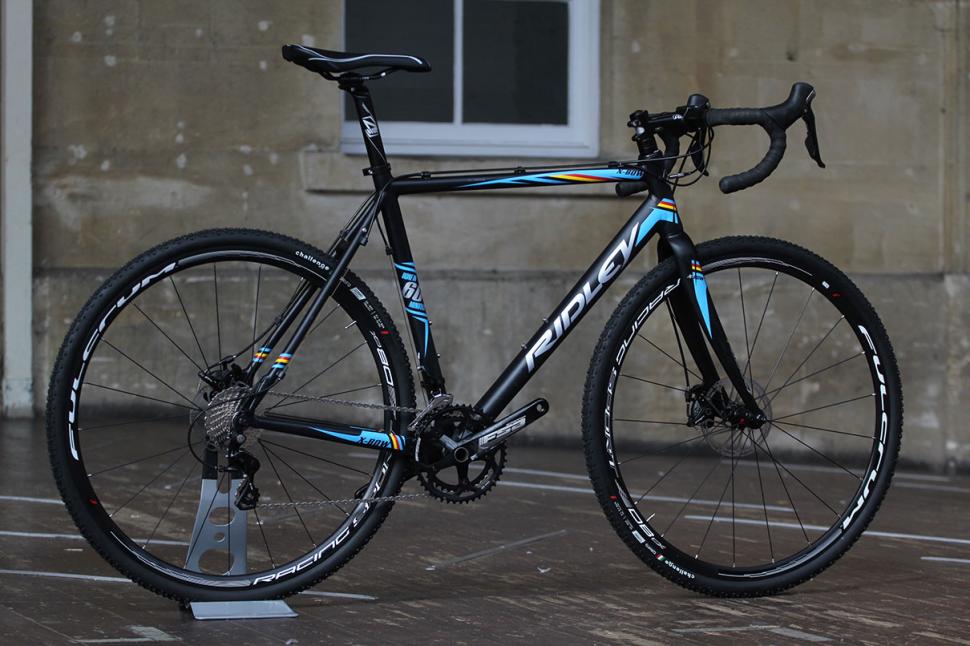

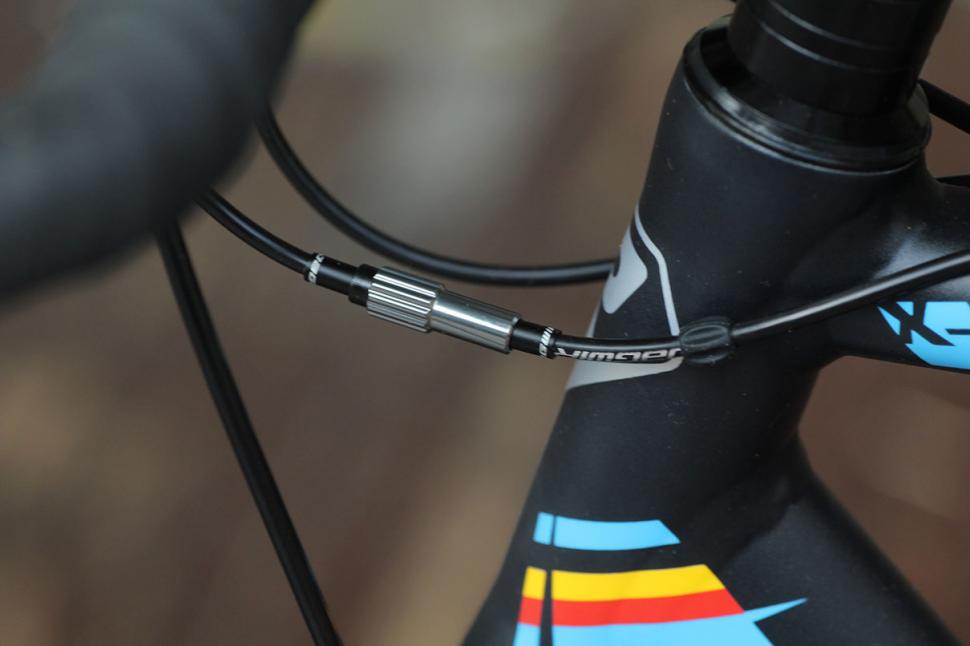
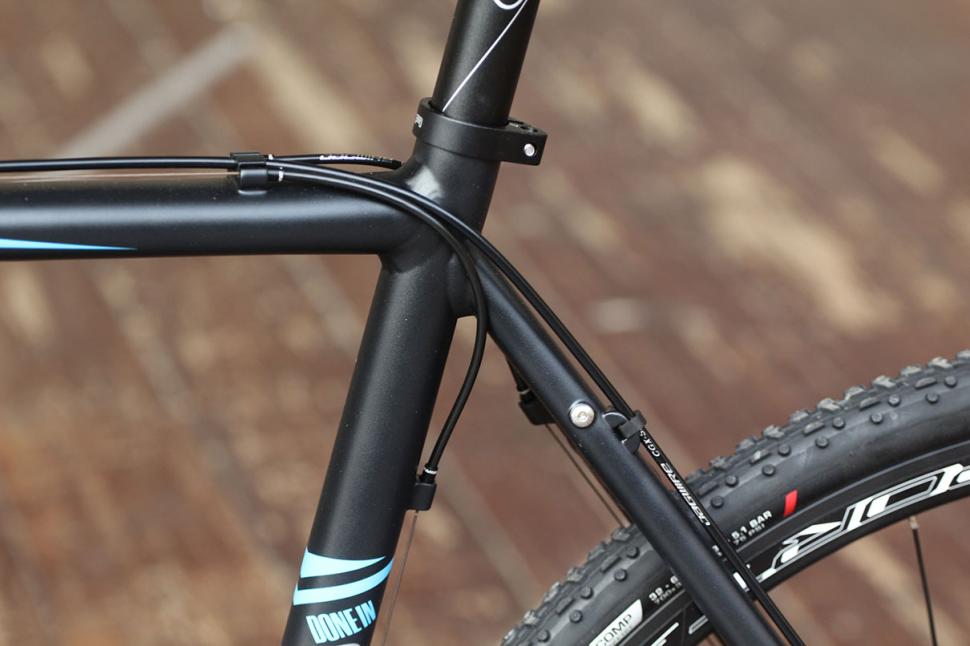
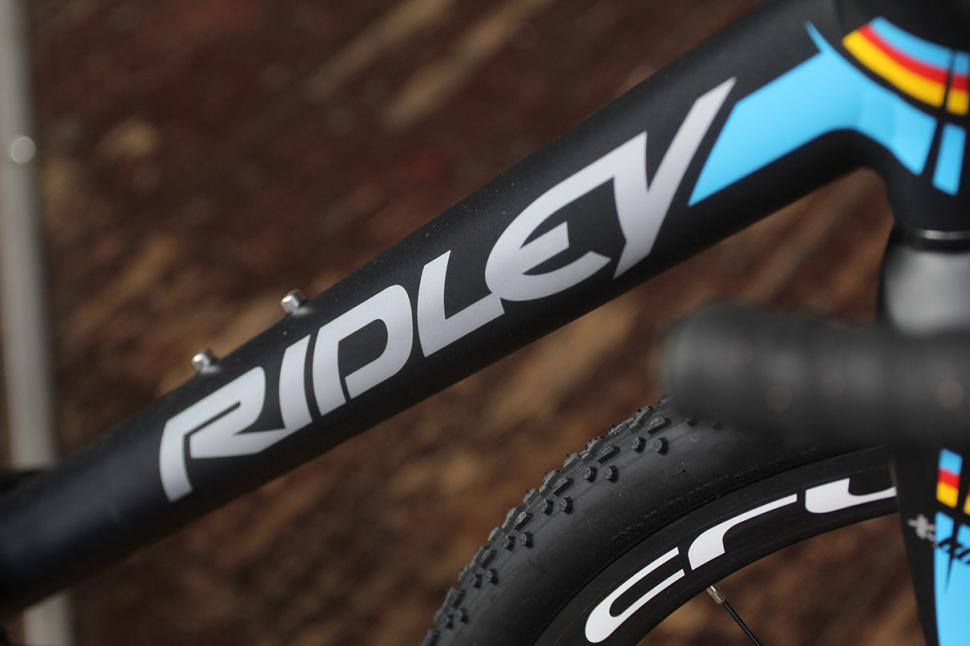
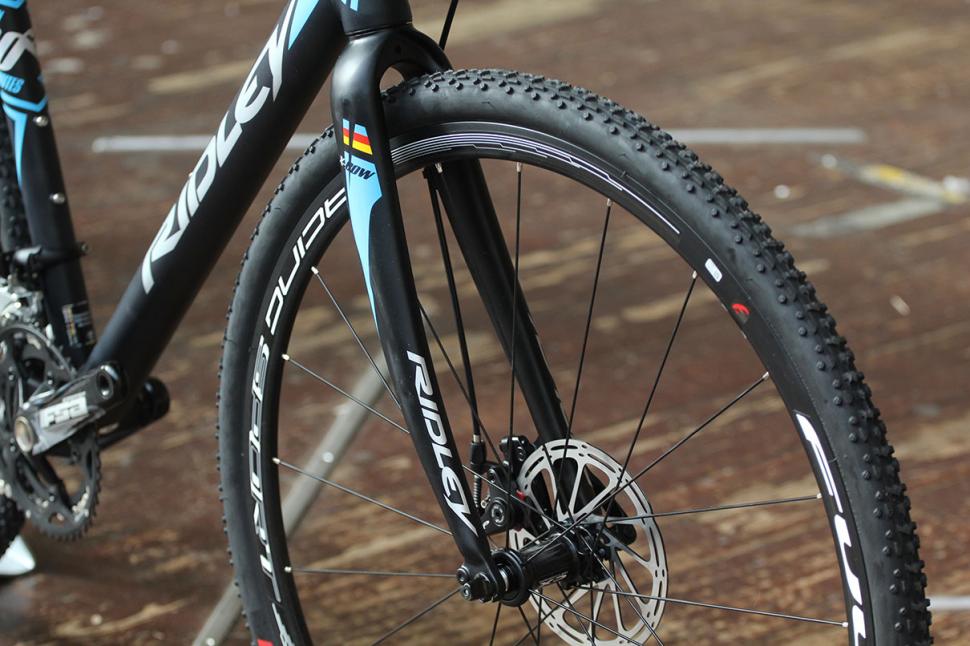


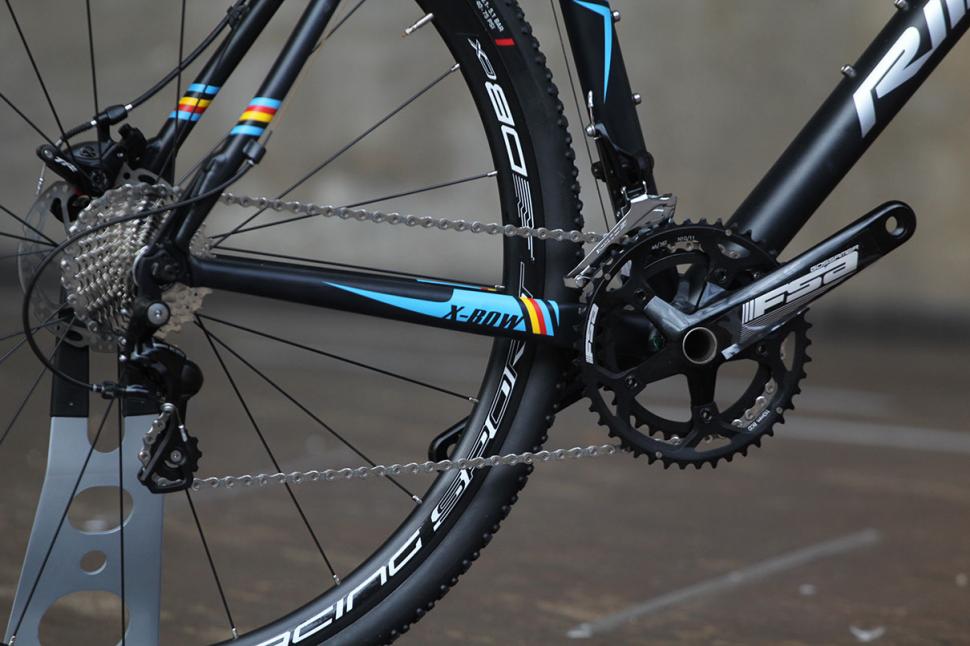

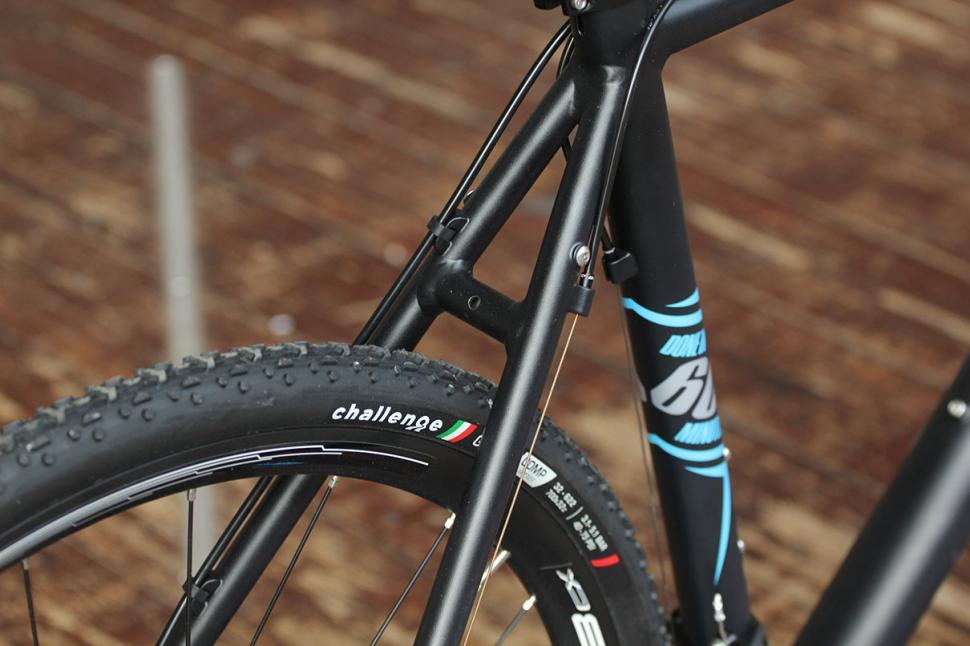

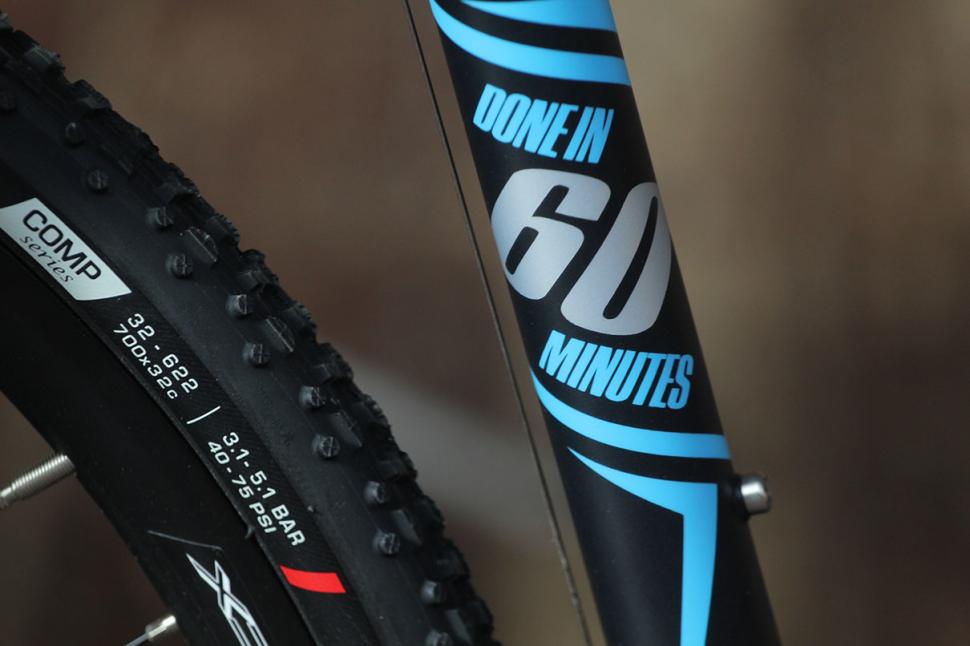
Add new comment
1 comments
Why is the main photo of a San Marco Aspide Carbon FX Open saddle on a K-Force seatpost?